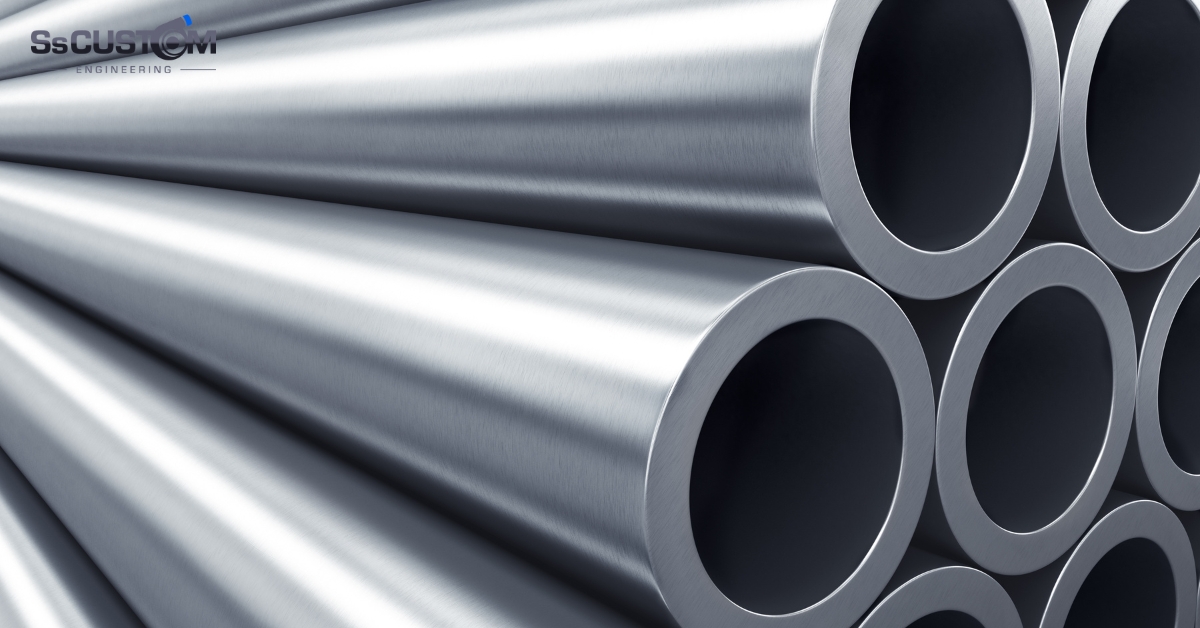Exploring the Essential World of Intercooler Materials for Automotive Performance
What Are Intercooler Materials?
Intercooler materials are specialized metals and alloys used to manufacture intercoolers—components designed to cool the air compressed by a turbocharger or supercharger before it enters the engine. The material of the intercooler significantly impacts thermal efficiency, weight, durability, and overall engine performance.
Intercoolers play a critical role in high-performance and turbocharged vehicles by maintaining optimal air intake temperatures. Choosing the right intercooler materials is not just about heat resistance; it’s also about balance between efficiency, weight, and longevity.
Common Types of Intercooler Materials
Here are the most widely used materials in intercooler construction and their respective advantages:
| Material | Properties | Common Use |
|---|---|---|
| Aluminum | Lightweight, excellent thermal conductivity | Performance vehicles |
| Stainless Steel | Durable, corrosion-resistant but heavier | Diesel trucks, off-road |
| Plastic & Composite | Lightweight, cost-effective, lower performance | Economy vehicles |
| Copper & Brass | Great conductivity, heavier than aluminum | Specialty use |
Among these, aluminum is the most popular due to its outstanding combination of thermal conductivity and lightweight nature. To find a variety of high-performance options, you can explore Intercooler Materials designed for both racing and street vehicles.
Why Intercooler Material Matters
- Heat Dissipation Efficiency
The main goal of an intercooler is to reduce the temperature of compressed air before it enters the engine. Materials like aluminum conduct heat quickly and efficiently, lowering intake temperatures and boosting performance. - Weight Consideration
Heavier materials can affect the vehicle’s power-to-weight ratio. Lightweight options like aluminum help maintain performance without sacrificing cooling efficiency. - Durability and Corrosion Resistance
Intercoolers are exposed to varying temperatures, moisture, and road contaminants. Durable and corrosion-resistant materials like stainless steel and coated aluminum extend component lifespan. - Cost vs. Performance
Performance-grade intercooler materials may come at a higher cost. However, they offer better performance and reliability in the long term.
Choosing the Right Intercooler Material for Your Build
If you’re building a high-horsepower street car or a race vehicle, the right intercooler material can be a game-changer. Here’s a quick guide:
- Track/Race Builds: Go for aluminum intercoolers with TIG-welded construction for maximum performance and weight savings.
- Diesel Trucks or Off-Road: Stainless steel offers more robustness and impact resistance.
- Budget Builds or Light Modifications: Plastic end tanks with aluminum cores provide an affordable solution.
Custom vs. Off-the-Shelf Intercoolers
When evaluating intercooler materials, it’s important to consider whether to go with an off-the-shelf unit or a custom-fabricated intercooler.
| Criteria | Off-the-Shelf Intercooler | Custom Intercooler |
|---|---|---|
| Fitment | Easy, bolt-on | Tailored to your setup |
| Material Choice | Limited | Fully customizable |
| Performance Optimization | Medium | High |
| Cost | Lower | Higher |
A custom intercooler allows the user to select the exact intercooler materials needed for specific performance requirements. Browse Intercooler Materials to begin planning your custom setup.
Aluminum: The Industry Standard for Intercoolers
Aluminum is the most common material used in modern intercoolers for good reasons:
- High Thermal Conductivity: Efficiently reduces air temperatures.
- Lightweight Structure: Keeps overall vehicle weight down.
- Ease of Fabrication: Easy to weld and form into custom shapes.
- Corrosion Resistance: When anodized or treated, it’s very resilient.
Manufacturers often use 6061 or 5052 aluminum grades due to their balance of strength, corrosion resistance, and workability.
Stainless Steel Intercoolers: When Strength Comes First
Stainless steel isn’t as common as aluminum due to its weight, but it still has its place:
- Ideal for high-torque diesel applications.
- Better resistance to impact and corrosion.
- Suited for harsh environments like off-road or industrial trucks.
However, the lower thermal conductivity can reduce cooling performance. It’s best to use stainless steel only when mechanical strength is a top priority.
Intercooler Design Factors Tied to Material Selection
- Bar-and-Plate vs. Tube-and-Fin
- Bar-and-plate intercoolers, often made from aluminum, are more durable and efficient for performance use.
- Tube-and-fin designs are lighter and cheaper, making them ideal for mild setups.
- Core Thickness and Surface Area
- Thicker cores cool more but may increase pressure drop.
- More surface area improves heat dissipation, especially in materials with high thermal conductivity.
- End Tank Construction
- Welded aluminum end tanks provide better durability than crimped or plastic alternatives.
- Stainless steel end tanks may be used in high-pressure applications.
Maintenance Tips for Intercooler Materials
- Aluminum: Regular cleaning with non-corrosive solutions to prevent oxidation. Use protective coatings for exposed surfaces.
- Stainless Steel: Wipe down after mud or salt exposure to prevent rust streaking, even though stainless is corrosion-resistant.
- Plastic/Composite: Inspect regularly for cracks or damage due to heat cycles.
Installation Considerations Based on Material
- Mounting Brackets: Make sure brackets match the material’s expansion rate and weight.
- Vibration Resistance: Use isolators if the material (like stainless steel) doesn’t absorb vibration well.
- Thermal Expansion: Aluminum expands more than steel. Account for this in tight-fit installations.
Performance Upgrades: Matching Intercooler Materials with Other Components
To get the best out of your intercooler system:
- Use matching Aluminum Tube and piping to ensure smooth air delivery and consistent cooling.
- Upgrade to Stainless Mufflers and Exhaust Materials that can handle high heat and complement your intercooler efficiency.
- Incorporate Stainless V Bands for secure and leak-free connections.
These upgrades create a more cohesive and reliable high-performance build, where every material complements the next.
Buying Guide: Where to Find the Right Intercooler Materials
If you’re searching for quality, application-specific intercooler materials, consider suppliers that specialize in performance automotive builds. Look for:
- Grade-specific aluminum and stainless steel options.
- Pre-fabricated kits for custom intercooler fabrication.
- Support for TIG welding and other fabrication needs.
- Reputation in the automotive community.
A reliable source for well-reviewed, fabrication-ready materials is Intercooler Materials, offering a complete range suited for both enthusiasts and professional builders.
Conclusion: Material Choice Equals Performance Edge
Your choice of intercooler materials isn’t just about what fits—it’s about optimizing airflow, cooling efficiency, and durability. Whether you’re racing on the track or hauling heavy loads, using the right material can lead to noticeable gains in reliability and performance.
From lightweight aluminum builds to rugged stainless steel setups, the variety of options available allows builders to create truly customized solutions for their needs. Always pair your intercooler with compatible piping, clamps, and supporting components to make the most of your performance investment.
For top-tier quality and selection, visit Intercooler Materials and explore materials engineered to elevate your build from average to extraordinary.



